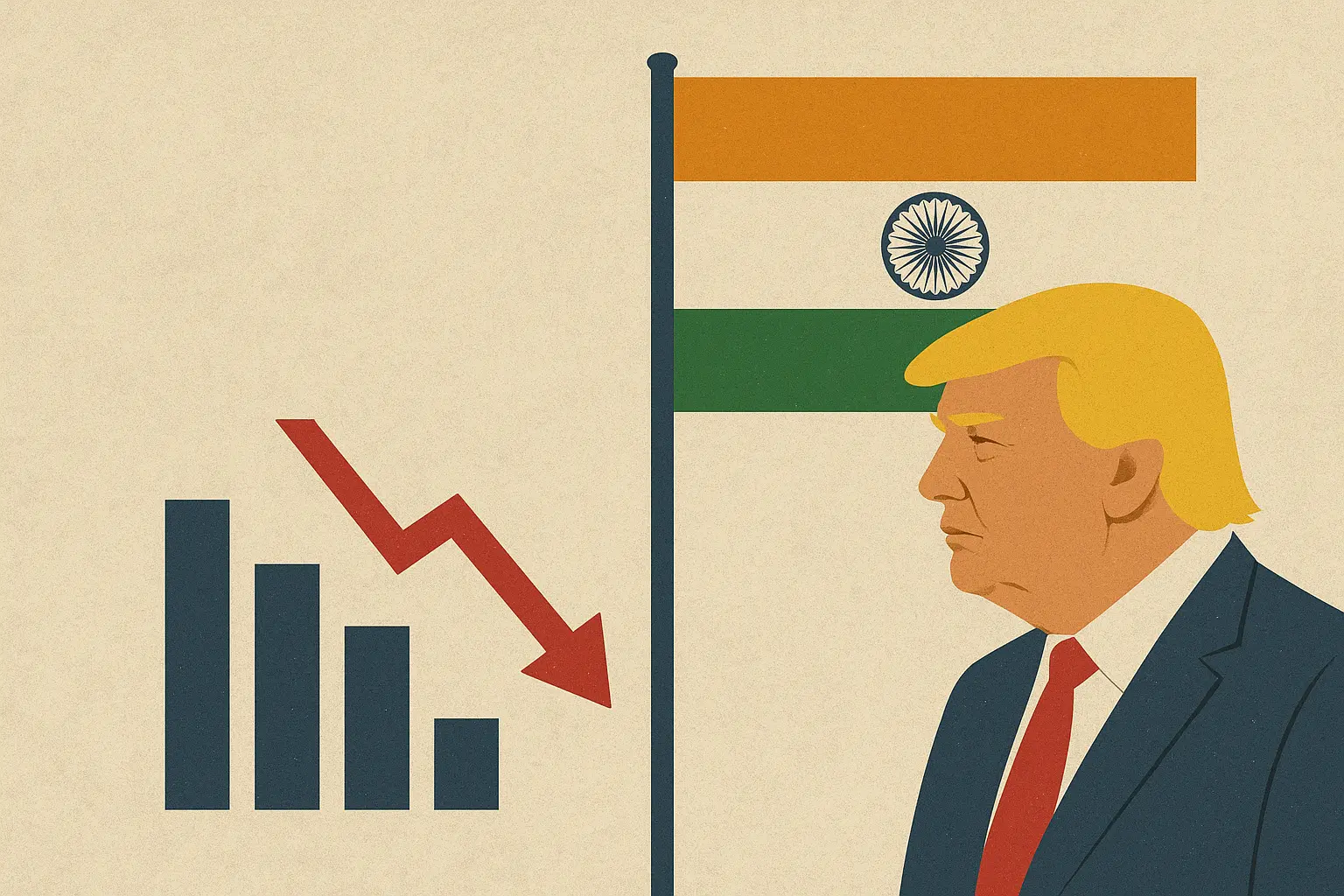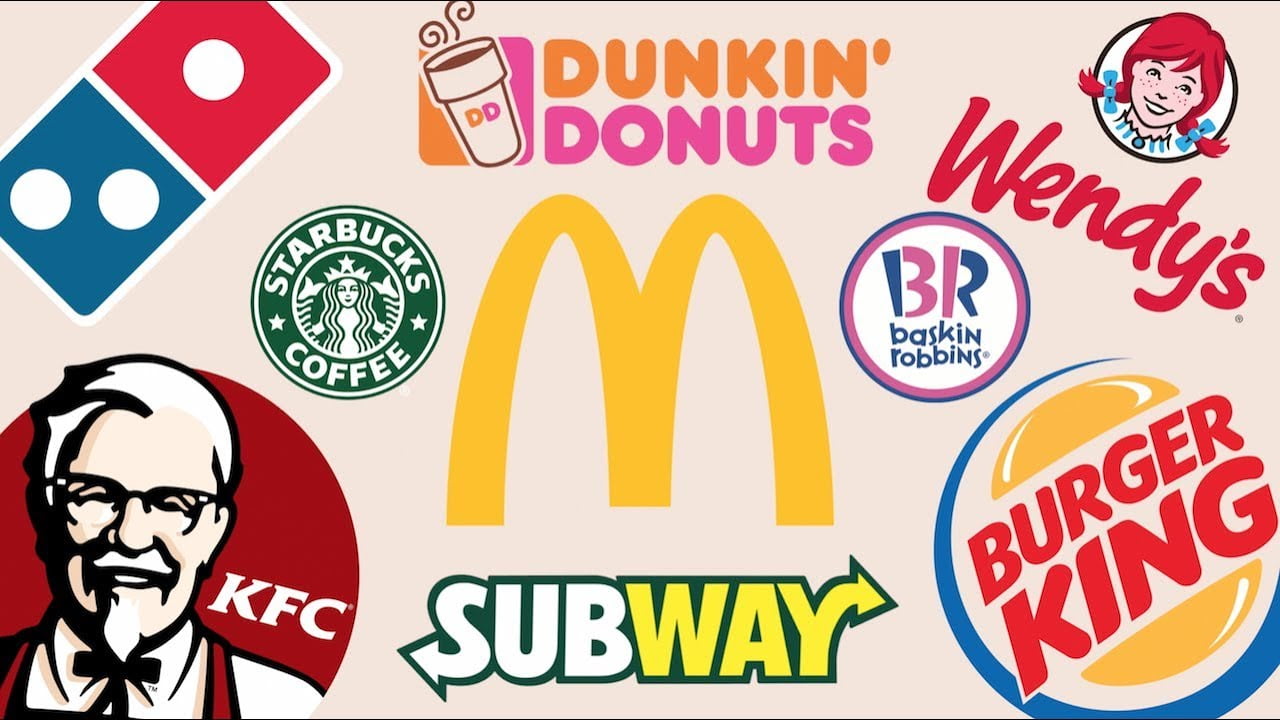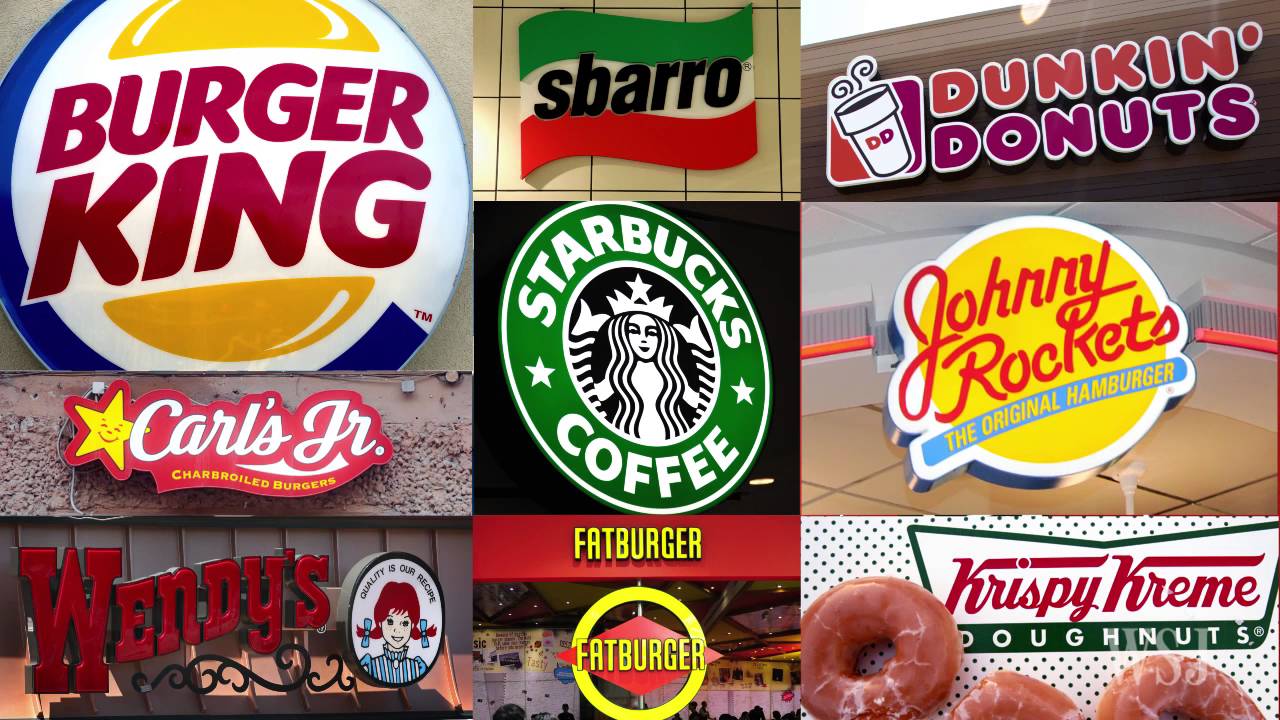When the “America First” trade policy was declared by U.S. President Donald Trump in his previous term, he framed it as a move to protect U.S. workers from what he labeled unfair foreign competition. India, even as a long-time U.S. ally, found itself squarely in the crosshairs. Trump claimed that India charged high tariffs on American products while gaining preferential entry into U.S. markets. Such a disparity, he said, required a corrective measure. The tariffs did not come as a blanket measure initially but were developed incrementally through a series of increments.
Category: Economics
Saiyaara: The Bollywood’s Enlightening Star Redefining the Marketing Imagination
Helmed by Mohit Suri and starring fresh faces Ahaan Panday and Aneet Padda, the July 2025 launch of Saiyara defied the conventions of Bollywood. Despite lacking star power, connections to well-known franchises, the film impressively garnered nearly ₹200 crore within just nine days of its release, cultivating a garnered acclaim as one of the year’s best emotionally resonant cinematic experiences. This outcome was not a mere coincidence; it stemmed from astute marketing strategies rooted in behavioural science, emotional branding, and a digital-first approach to communication. The movie’s return on investment transcends mere financial gain; it encapsulates a profound experience.
Trump’s Big Bet: Is the US becoming the Crypto Capital or Risking it All?
In a world already buzzing with geopolitical chaos – be it the Middle East conflict, the ongoing Russia-Ukraine war, the reopened Epstein investigation, or the constant backdoor economic deals – President Donald Trump, now back in the White House in 2025, has dropped another headline-maker. This July, his administration introduced three landmark bills in the House that have already begun stirring debates across party lines and public spheres. As expected, controversy wasn’t far behind.
Creative Economy and Mental Health: The Balance between Passion and Well-Being
The creative economy includes industries like design, media, art, and entertainment, thrives on passion, innovation, and artistic expression. It contributes remarkably to global economies, with UNESCO reporting that the cultural and creative industries generate $2.25 trillion annually and employ 30 million people worldwide. Yet, behind the vibrancy of this sector lies a common issue: the mental health challenges faced by creative professionals.
China’s Economic Policy for 2025
On December 9, 2024, the Political Bureau (Politburo) of the Central Committee (CC) of the Communist Party of China (CPC) convened a meeting to discuss the country’s economic policy priorities for the year 2025 and the broader and deeper challenges facing the Chinese economy. The headline of the readout is “CPC Central Committee Political Bureau Holds Meeting to Analyze and Research 2025 Economic Work, Study and Deploy Party Conduct, Clean Governance and Anti-Corruption Work, CPC General Secretary Xi Jinping Presides Over Meeting.
Can Behavioural Economics Promote Healthier Lifestyle?
Behavioural economics, which integrates insights from psychology to understand deviations from rational decision-making, has been instrumental in refining strategies for promoting healthier lifestyle choices in the current global health landscape. As worldwide rates of chronic diseases like obesity, diabetes, and cardiovascular conditions continue to rise, there is a pressing need for effective health interventions that can address these issues at both individual and societal levels.
How Fast Food Chains fuel Food Insecurity?
Today, almost half (44%) of the world’s habitable land is used for agriculture. In the past few decades, the crop yield has also significantly increased due to various factors like improved farming techniques and better seeds. While there is abundance of food production to feed everyone, the problem of food insecurity still persists. Figures estimate that access to healthy food is unaffordable for almost 3.1 billion people worldwide. UN’s FAO defines food insecurity as a situation where “a person is considered food insecure when they lack regular access to enough safe and nutritious food for normal growth and development and an active and healthy life”. The fast-food chains that offer cheap, convenient, calorie-dense meals are one of the key contributors to the food insecurity problem across the globe.
How Fast Food Chains Fuel Food Insecurity?
Fast food chains, while often lauded for their perceived value and convenience, play a significant role in exacerbating food insecurity by outcompeting fresh food options in accessibility and affordability. These establishments, designed for quick service and mass production, offer meals at prices that can be notably lower than those of fresh, whole foods. This cost disparity makes fast food a more attractive option for individuals and families on tight budgets, especially in low-income areas where financial constraints are prevalent. The allure of a cheap, filling meal can lead residents to opt for fast food over healthier alternatives, perpetuating a cycle where nutritionally deficient options become the norm







